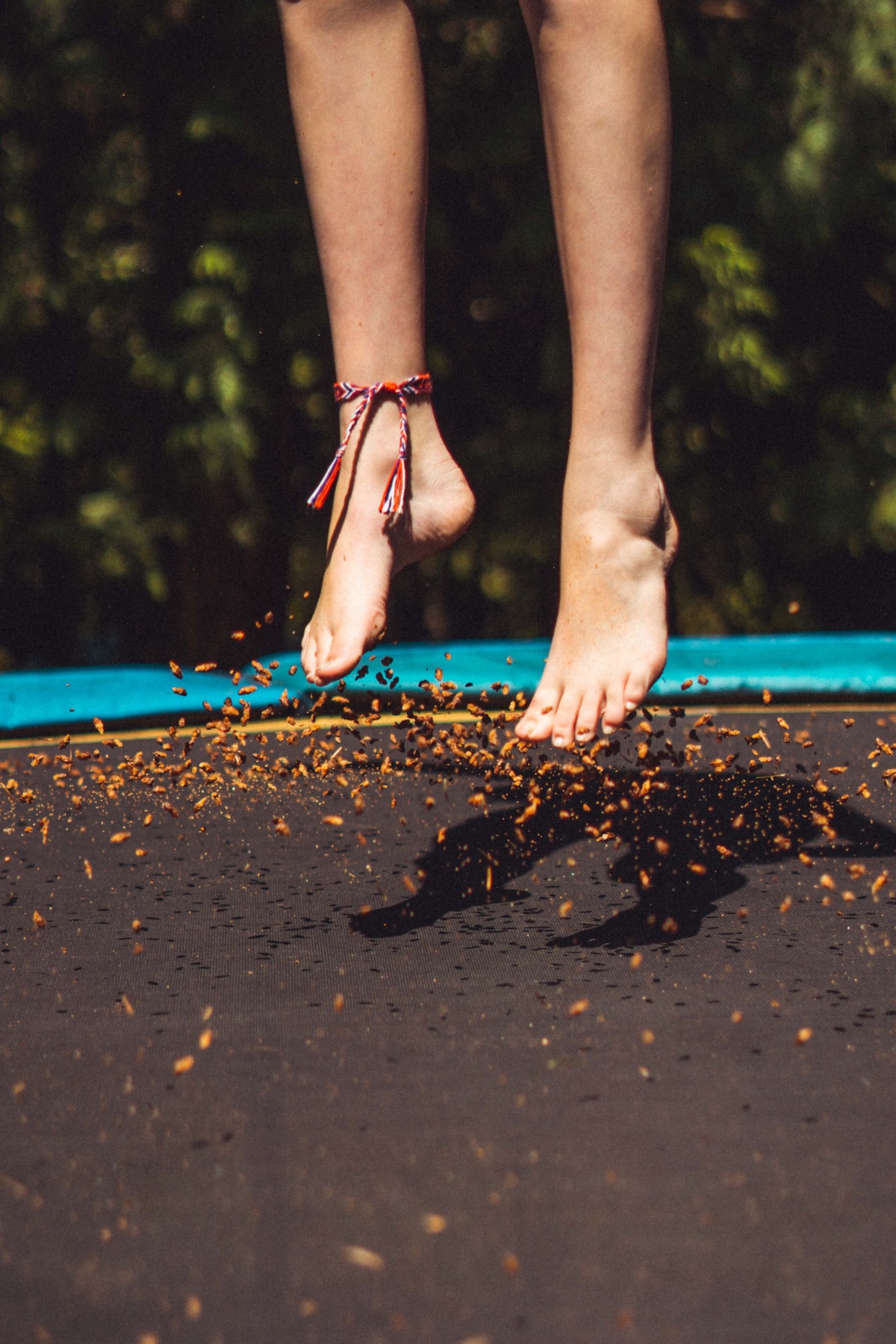Trampolines bring boundless fun and physical activity to your backyard, but choosing the right location for installation is crucial for safety, enjoyment, and longevity. Whether you're a parent looking to provide an exciting play space for your kids or an adult seeking a fun way to stay fit, this guide will help you select the perfect spot for your trampoline. Let's bounce into the essential considerations for a safe and enjoyable trampoline installation..
1. Measure the Space
Before anything else, measure the available space in your backyard. Trampolines come in various sizes, and it's essential to ensure you have enough room not only for the trampoline itself but also for the safety zone around it. A good rule of thumb is to allow at least 2 feet of clearance on all sides of the trampoline to prevent collisions with obstacles.
2. Check for Level Ground
Select a spot with level ground. A sloping or uneven surface can make your trampoline unstable and unsafe. Ensure the ground is as flat as possible to provide a solid foundation for your trampoline. If your yard has a slight slope, consider leveling the area or using appropriate ground anchors to stabilize the trampoline.
3. Adequate Overhead Clearance
Safety is paramount when setting up a trampoline. Ensure there is ample overhead clearance. Look for a location free from low-hanging branches, wires, or structures like sheds or playsets. A minimum clearance of 20 feet above the trampoline is ideal to prevent accidents.
4. Distance from Structures and Fences
Maintain a safe distance from any structures or fences. Trampolines should be at least 5-10 feet away from any obstacles. This prevents accidents caused by collisions with walls, fences, or other structures during bouncing.
5. Sun and Shade Considerations
Think about sun and shade when choosing your trampoline location. While some sun exposure is enjoyable, prolonged exposure can cause discomfort and overheating. Consider the position of the sun throughout the day and decide if you want your trampoline in full sun, partial shade, or full shade.
6. Accessibility
Ensure easy access to the trampoline. A clear path leading to the trampoline area prevents tripping hazards and facilitates safe entry and exit. Avoid placing the trampoline near flower beds, ponds, or other obstacles that may create a challenging path.
7. Sightlines from the House
If you have children who will be using the trampoline, it's advisable to position it where you can maintain a clear line of sight from the house. This allows you to supervise their activities and ensure their safety while enjoying the trampoline.
8. Ground Cover Considerations
The ground cover beneath your trampoline is essential for safety. While grass is a common choice, consider other options like rubber mulch or safety mats for added cushioning. These materials provide extra protection against falls and reduce the risk of injury.
9. Local Regulations and Permits
Check with your local authorities regarding any regulations or permits required for trampoline installation. Some areas have specific rules governing trampolines, including placement and safety measures. Adhering to these regulations is essential to avoid legal issues.
10. Drainage and Water Accumulation
Consider the drainage in your chosen location. Trampolines should not be installed in areas prone to water accumulation. Poor drainage can lead to rust and damage the trampoline frame and springs. Ensure the chosen spot allows for proper water runoff.
11. Wind and Weather Conditions
Take into account wind patterns and weather conditions in your area. Strong winds can pose a safety hazard, so choose a location sheltered from strong gusts whenever possible. Additionally, consider investing in an anchor kit to secure the trampoline during adverse weather.
12. Privacy and Noise
Think about privacy and noise concerns. Trampolines can be a source of both fun and noise, so consider your proximity to neighbors. Installing the trampoline closer to your house or adding a privacy screen can help mitigate potential disturbances.
13. Routine Maintenance Access
Lastly, remember that trampolines require maintenance, such as cleaning, inspections, and occasional repairs. Ensure that you can easily access all parts of the trampoline for routine upkeep.
Choosing the perfect location for your trampoline installation is a critical step in ensuring safety, enjoyment, and longevity. By considering factors like space, level ground, overhead clearance, and accessibility, you can create a safe and fun trampoline environment for your family or yourself. Whether it's for leisure or fitness, a well-placed trampoline can provide hours of entertainment and exercise in your own backyard.


No comments yet